Why Material Science in Block Printing Matters
Block printing is more than just a textile technique; it’s a cultural legacy passed down through generations. Yet today, it faces modern challenges—rising costs, limited access to raw materials, and increasing pressure for sustainability. Fortunately, material science in block printing offers promising solutions. With thoughtful innovation, we can reduce expenses while keeping the soul of this ancient craft intact.
The Challenges of Traditional Block Printing
Artisans often rely on expensive natural fabrics like cotton and linen, as well as traditional dyes that require multiple treatments. Moreover, the wooden blocks used to create intricate designs degrade with time and repeated use. These factors make production not only costly but also time-consuming.
In addition, consumer expectations are shifting. People want affordable, eco-friendly products that still reflect authenticity. This is where block printing becomes a game changer.
How Material Science Is Revolutionizing Block Printing
Thanks to advancements in material science, traditional methods are getting a 21st-century boost—without compromising their core values. Here’s how:
Eco-friendly Fabrics with Lower Costs
Modern fabric blends such as bamboo, hemp, and Tencel are sustainable alternatives to traditional cotton. These materials are cost-effective, durable, and absorb dyes well—making them perfect for block printing.
Sustainable Dyes Backed by Science
New-age plant-based pigments require less water and energy, yet deliver vibrant and lasting results. These eco-friendly dyes align with both artisan needs and consumer demands for sustainability.
Enhanced Tools That Support Tradition
Wooden blocks are now being supplemented with long-lasting composite materials. These new blocks retain the hand-carved feel but last significantly longer, reducing tool replacement costs.
As a result, block printing not only streamlines production—it also safeguards the artisan’s role in the process.
Innovation Without Losing the Human Touch
One major concern is whether these innovations might erase the handcrafted feel. But in truth, they don’t. Scientific improvements enhance tools and materials; they don’t automate the craft. The process still relies on skilled artisans to carve, align, and stamp each design. The final result remains a labor of love.
Thus, material science in block printing doesn’t replace heritage—it supports it.
The Future of Block Printing Lies in Balance
As the global market leans into conscious consumerism, artisans who embrace both innovation and tradition will thrive. Collaborative efforts between scientists, designers, and craft communities are proving that old-world beauty and new-world technology can coexist.
Final Thoughts on Material Science in Block Printing
In a time when costs are rising and sustainability is essential, material science in block printing offers a bridge between heritage and innovation. With smarter materials, eco-friendly dyes, and durable tools, artisans can continue to tell their stories—at a lower cost, and with less environmental impact.
By embracing scientific advancement, block printing doesn’t lose its identity—it gains a future.

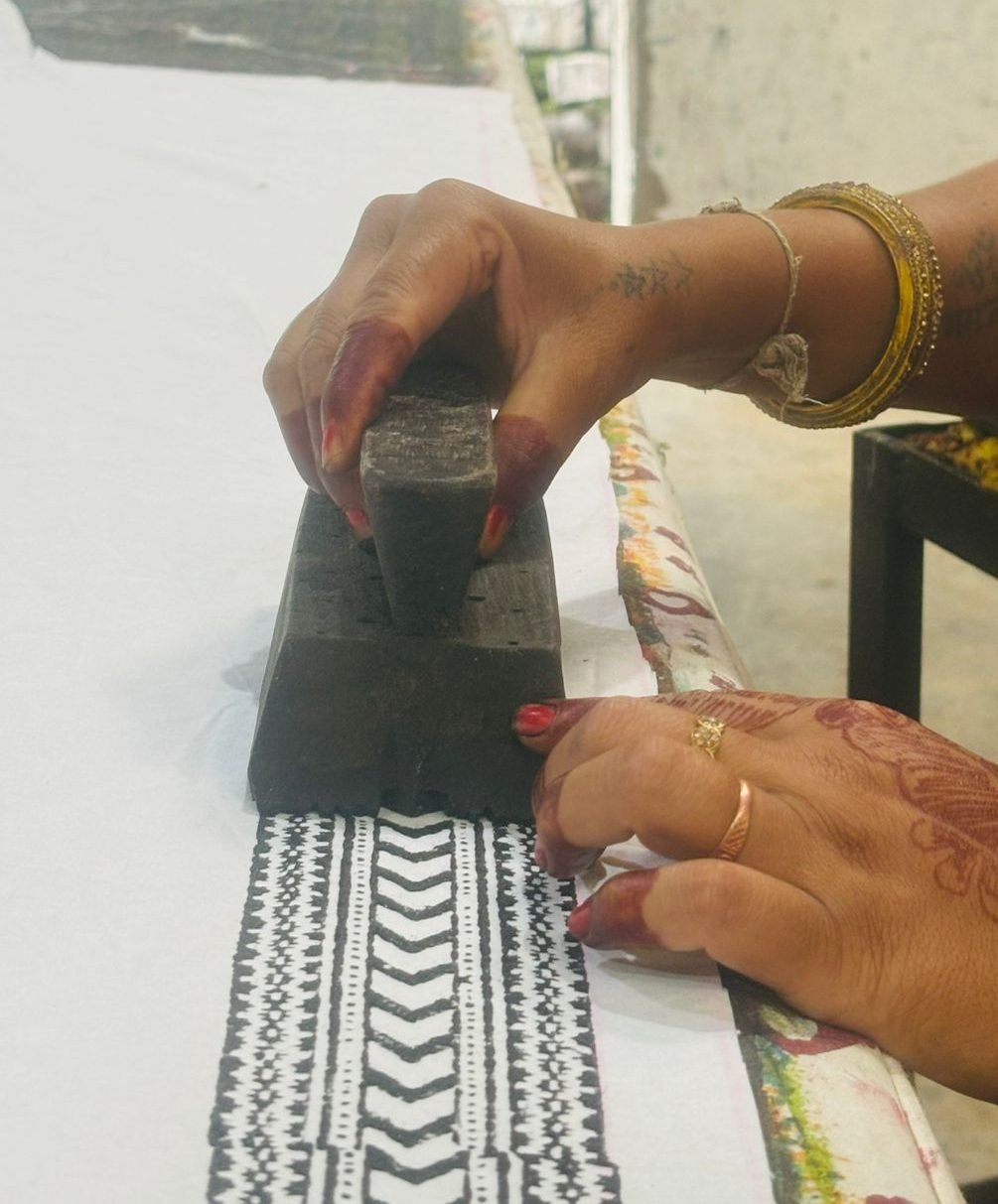



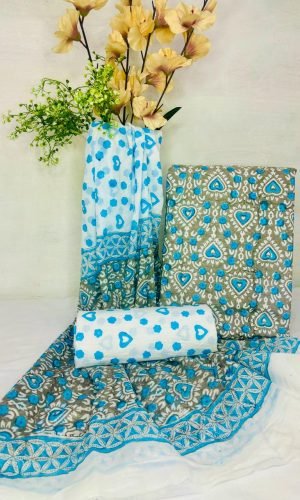 Blue Floral Design Hand block Printed Salwar Suit Fabric
Blue Floral Design Hand block Printed Salwar Suit Fabric 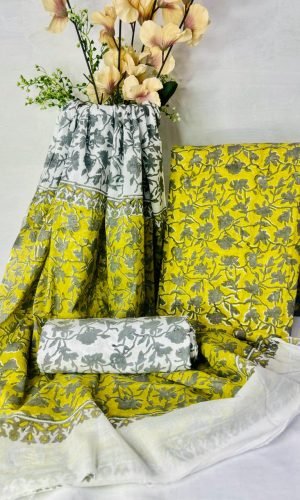 Floral Bliss Design Handblock Printed Salwar Suit Fabric
Floral Bliss Design Handblock Printed Salwar Suit Fabric 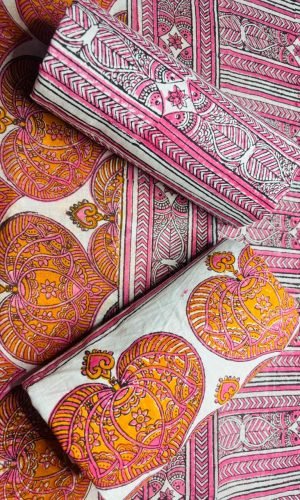 Fish Design Hand block Printed Salwar Suit Fabric
Fish Design Hand block Printed Salwar Suit Fabric 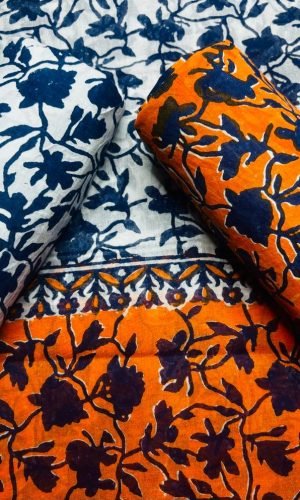 Floral Bliss Design Hand block Printed Salwar Suit Fabric
Floral Bliss Design Hand block Printed Salwar Suit Fabric 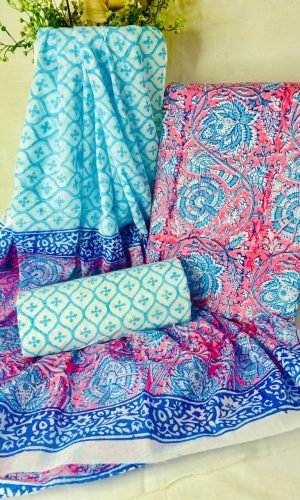 Blue Floral Design Hand block Printed Salwar Suit Fabric
Blue Floral Design Hand block Printed Salwar Suit Fabric